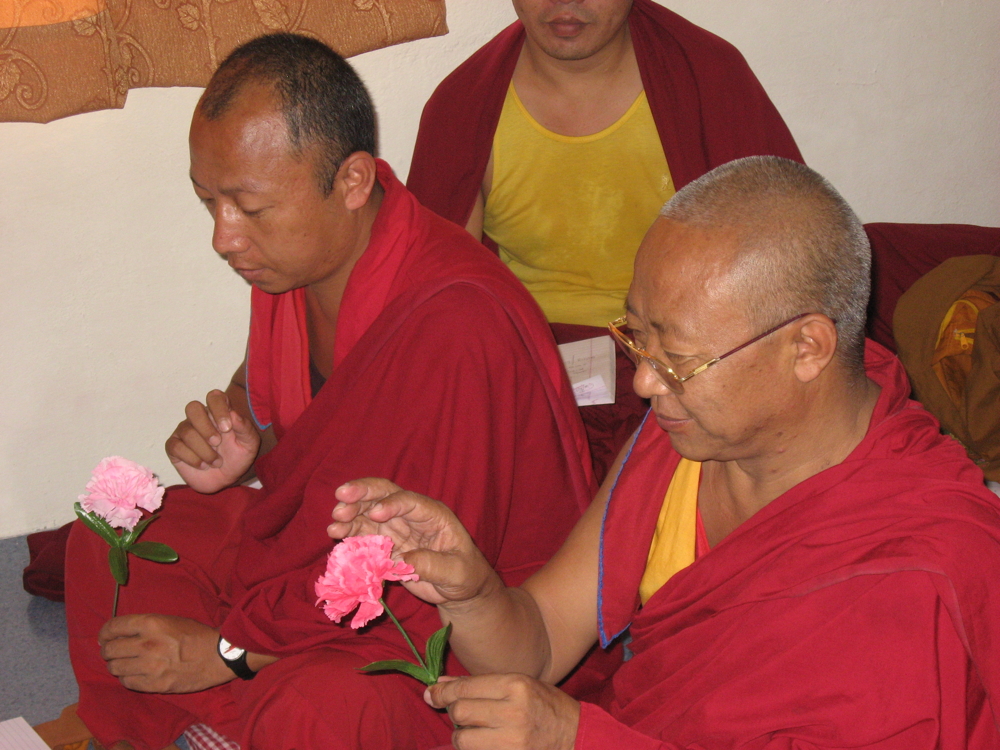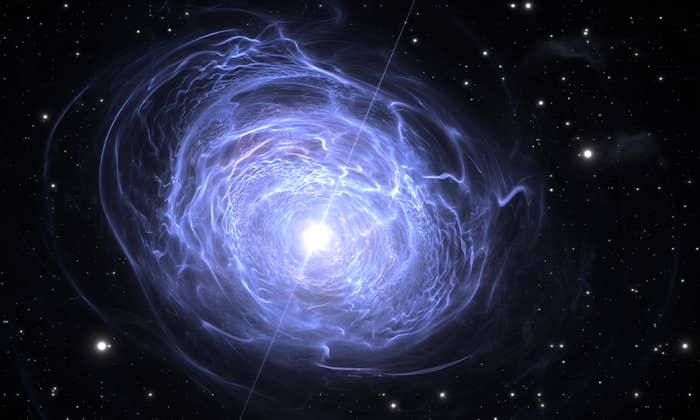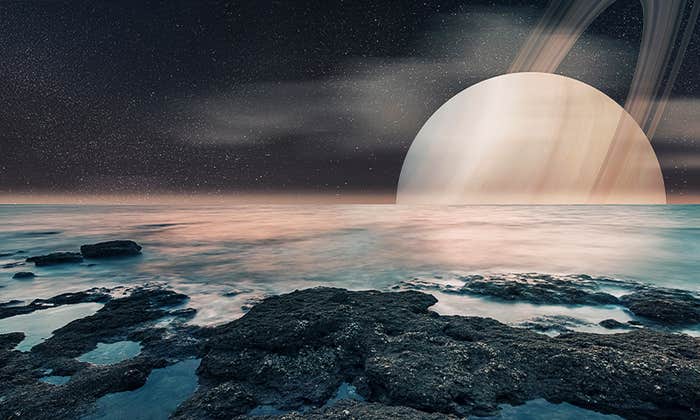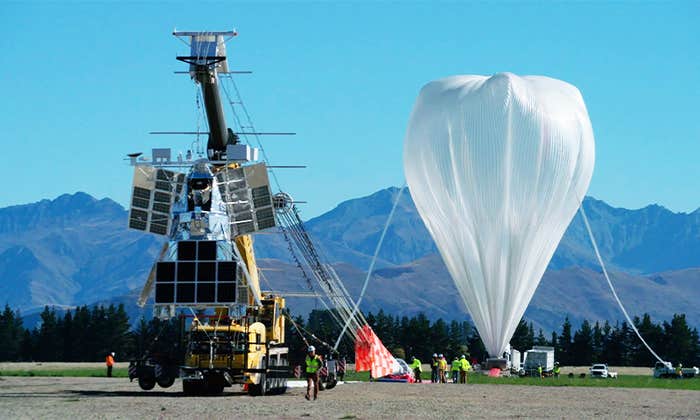Thirty-two Buddhist monks and nuns look up as I enter the classroom, which is bare except for a blackboard and my students sitting cross-legged on thin cushions on the wooden floor. The air shimmers with monsoon heat. We’re at a monastery near in the foothills of the Himalayas. The monastics are refugees from Tibet, many are orphans, and they’ve come here from all over India to learn about cosmology.
Sixteen years ago the Dalai Lama started programs to train his monks and nuns for life in the 21st century. He wanted to augment the monastic training and prevent the Tibetan culture from becoming a museum piece. Every summer, Western educators come to India to teach the monastics math, physics, biology, neuroscience, and cosmology. I’ve taught in the “Science for Monks” workshops since 2008. It’s a high point of my year to brave the chaos of India for this quiet sanctuary near the roof of the world.

The monks and nuns have an idealized view of how science works. They think scientists can measure quantities with arbitrary precision, it just depends on having good equipment and dedication. Science seems to them to be implacable and authoritative and, because of that, remote and aloof. But I recognize a flip side of that coin—my simplistic notion of Buddhism and monastic life. I imagined they led a life of solitude and meditation, that being Buddhist meant retreating from the world. I thought science might be an unwelcome intrusion into their ascetic world.
I soon learned that Buddhism is described better as a philosophy than as a religion. It has no theology and eschews first causes. The Buddha was not a god, nor did he claim to be. Buddhism aligns with science in accepting natural causation and in trying to verify any worldview with observations. The Dalai Lama has stated his position succinctly: “If science proves some belief of Buddhism wrong, then Buddhism will have to change.” It is difficult to imagine similar words coming from the leaders of some other world religions. Buddhism’s empirical backdrop provides the foundation for a rich dialog with science.
The monastics are confident that Buddhism can help science be a force for good in the world.
In part, the monastics I have met study science because the boss wants them to. Yet their engagement runs deeper than merely carrying out the wish of their spiritual leader. They’re trained as scholars. They’re curious. The program has taken root so that it no longer completely depends on visits of Western educators. Students from my first cohort are running science centers and teaching in their own monasteries. They think that science can help them to be better Buddhists, because it can liberate them from dogma and tradition, and help them to see the world as it is (while not mistaking that knowledge for ultimate reality).
In return, they’re confident that Buddhism can help science be a force for good in the world. They push back against the tendency of physical scientists to be reductionists, pointing out our ignorance of the fundamental nature of life and consciousness. They also observe that science advances relentlessly while rarely pausing to consider bad or unintended consequences. The monastics want to bring to science an ethical underpinning that is not tied to Buddhism, but is an outlook based on humanism and compassion.
Most monks and nuns come into the classroom with no better than eighth-grade math skills. They don’t know how to use a calculator. However, they’ve taken a decade or more of rhetoric and philosophy. They gravitate to foundational issues such as the finiteness of space, or the nature of time at the big bang, or the role of the observer in objective reality. They rarely get stuck in the weeds. They debate fearlessly and energetically. Most important, they genuinely enjoy the act of learning. The classroom routinely dissolves into smiles and laughter. After eight hours in the classroom they’re preternaturally alert. And they get up to pray and chant at 5 every morning while I’m still sleeping.
It’s rejuvenating to get out of the academic bubble and approach my subject with fresh eyes. I also relish the opportunity to try out new teaching methods with such committed students. I’ve brought back activities from India to use in my Arizona classroom, such as estimation using grains of sand and guided visualization as a way of exploring the cosmos.
One hands-on activity involves estimating the number of grains in a sand mandala the monastics had created the week before. The answer: 1 billion. We visualize the classroom filled knee-deep by 1,000 sand mandalas. That’s the number of stars in the Milky Way galaxy and the number of galaxies in the observable universe. If grains of sand stood in for all the stars in the universe, the volume would be bigger than Everest (Chomolungma to a Tibetan).
We pivot to a discussion of time. It’s an imponderable 13.8 billion years since the big bang. A human lifetime is to the age of the universe as a blink of an eye is to a lifetime. A senior monk with an unlined, beatific face tells me the age of the universe is close to a Buddhist measure of time called a kalpa. He recalls the mountain that holds as many particles as stars in the universe. If a dove flew by and brushed it once a day with its wing, a kalpa is how long it would take for the mountain to be worn away.
To a Buddhist, there is no permanent and fixed reality. The scientific view is similar.
To understand deep time, we do an activity where unlabeled pictures show landmarks in the history of the universe, Earth, biology, and humanity—the oldest star, a cluster of galaxies, Mars, the Grand Canyon, the Pyramids, the space shuttle. The monks and nuns lay out the pictures on the floor in chronological order and each group critiques the order used by the other groups. The mood is raucous. There’s loud laughter and rivalry without antagonism. I’m relegated to the edge of the scrum, happily superfluous in the din of learning. For an educator this is the mother lode. In the best of these activities, our world views converge. They treat learning as creative and active, and I learn to appreciate the process as much as the outcome.
Interdependence and impermanence. The words have different meanings to a scientist and a Buddhist, but they provide a common ground for a discussion of the interactions and transformations that pervade the physical universe. To a Buddhist, impermanence means there is no permanent and fixed reality; everything is subject to alteration and change. The Buddha said that life is a series of different moments, joining to give the impression of continuous flow, like a river. The scientific view is similar, from a human as a persistent biological pattern even as the cells are continuously living and dying, to the processes in the universe that continuously exchange and transform matter and energy. Buddhist interdependence means that nothing possesses its own irreducible self-nature; everything depends on something else for its existence. All existence is relational. As for science, interdependence is obvious in biology, but it also applies in physical science, where structures all the way from atoms to galaxies involve the interdependence of particles via forces.
My particles and the particles of the monks and nuns have taken an amazing journey through the universe, fleeing the coruscating heat of the big bang, being buffeted by nebulae and floating in the interstellar void, riding the Milky Way’s carousel, passing through the fusion cores and atmospheres of numerous stars, then churning through our tectonic planet, before coming together into my body and the bodies in front of me. Our atoms diverged from a single point and took myriad paths through space and time before arriving here to reflect on this moment. We’re at one with the universe.
Lead image: While discussing cosmology with the Dalai Lama (far right), the author shows a marble as a scale model of Earth. Courtesy of Chris Impey.
You can also watch the author’s lectures to the monks and nuns on YouTube.

























